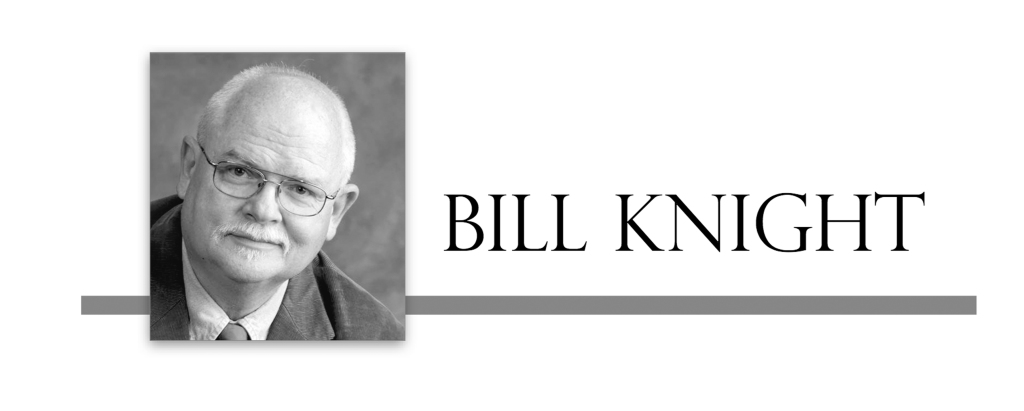“… bring the homeless poor into your house.” – Isaiah 58: 7
February is Black History Month, so it’s tempting to see emotional objections to the Peoria Housing Authority’s investigation into relocating Taft Homes as racism. However, if giving the benefit of the doubt to those voices, it’s not about race.
But it could be about class.
The separation of church and state is important, but the irony of a predominantly Christian area rejecting the poor is profound.
In Dunlap last month, when hundreds crowded into a gym to voice opposition to these new neighbors, it was reminiscent of objections to proposed group homes or assisted housing for veterans in nearby communities – an almost feudal attitude, with “lords” on virtually gated lands and the rest of us “peasants” elsewhere.
One in a series of meetings, the Jan. 6 session in Dunlap was hosted by Peoria County Board members Brian Elsasser (R-Dist. 14) and Carol Trumpe (R-Dist.15).
However, the fear of the poor isn’t just Dunlap. Other possibilities for relocating the 216 families that live at Taft include Allen Road & Route 6, Pioneer Park & Knoxville, Northmoor & University, West Lake & War Memorial Drive, and Nebraska & Knoxville.
Further, no site has been decided, nor designs made.
The PHA’s 82-page report, “Framework Strategy for Redevelopment” (online at www.peoriahousing.org/) assembled data and doesn’t advocate a specific development, much less a time line. Drawn from material by the Tri-County Regional Planning Commission, the Illinois Housing Development Authority, and Gensler, an architecture, design, planning and consulting firm based in Chicago, the report anticipated knee-jerk criticism.
“There is a general stigma associated with housing terms such as assisted housing, affordable housing, public housing, Section-8 housing, income-based housing, and low-income housing,” the report notes. “While most members of a community recognize the need for decent, safe, affordable housing, many are challenged when the potential exists for low-income housing to be located within their own neighborhoods.”
It also explained that the idea is more like the concept of “mainstreaming” – de-concentrating poverty.
Why move Taft? Besides an unstated suspicion that its current site just north of downtown could be prime property for some developer, there’s a real need for housing help.
“There are too many families at risk of being homeless or living in substandard living conditions because they cannot afford to spend more than 30 percent of their adjusted gross income on housing and utilities,” the report says. “The City of Peoria and Peoria County as a whole are not immune to the widening income gap. Incomes for middle and working-class families are not keeping pace with inflation.”
And who’s in need? It’s single-parent families, the elderly and/or disabled, veterans, and young working-class households struggling with student debt, child-care costs and employment.
And building a new housing development has positives: overall economic development, local jobs, and the likelihood of attracting new employers to the area.
Nine basics help provide a quality of life for all income levels, the report notes: high quality schools; safe and secure neighborhoods; access to healthy food and full-service grocery stores; reasonable proximity to employment; access to quality retail; access to adequate health care; transportation access; access to recreation and open space; and access to reasonably priced housing.
“Not one area throughout Peoria County will meet the quality of life needs,” the report states.
(In fact, perhaps sites farther south on the riverfront could work. If the PHA and a developer created a mixed-use, mixed income complex with retail and residential spaces between the Murray Baker and Cedar Street Bridges, the greater Warehouse District also could benefit.)
Still, people say they fret about violence and the “cycle of poverty.”
After the meeting, Elsasser complimented the crowd and was exactly wrong. Talking to Journal Star reporter Laura Nightengale, Elsasser said, “The comments were so thoughtful and so in depth.”
Some were neither thoughtful nor well-researched. Other questions were legitimate, such as a lack of sewer service and a decent grocery store, but supposed concern with loss of farmland, the specter of increased crime and decreased property values showed that some hadn’t read the PHA’s comprehensive report.
In fact, Journal Star journalist Chris Kaergaard succinctly framed an obvious contradiction about the worry over losing farmland, writing, “Neither residents nor elected officials have all but threatened to stand in front of bulldozers for the massive subdivisions constructed in the area over the past few decades.”
Five points in the report disprove stereotypes seemingly shared in “cheat sheets” used by some: “The Center for Housing Policy research findings demonstrate that new affordable housing development is more likely to be neutral or positive on nearby property values rather than negative,” it says, adding that studies “discredit negative perceptions and myths of affordable housing and their impact on the surrounding neighborhood.”
It continued:
- Healthy, viable neighborhoods include a blend of mixed income neighborhoods.
- Affordable housing does not negatively impact the quality of local schools.
- Affordable housing does not increase crime or criminal activity in the community.
- Mixed-income housing does not lower the values of adjacent properties; and
- Employment centers in urban areas need workforce housing for working-class families.
For some affluent “lords,’ facts don’t matter as much as keeping the poor on the other side of “moats.”
But whoever has this world’s goods, and sees his brother in need, and shuts up his heart from him, how does the love of God abide in him?” – 1 John 3:17


Recent Comments